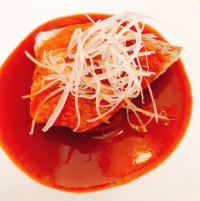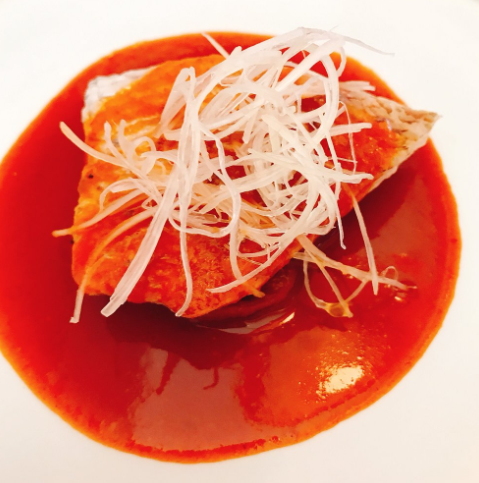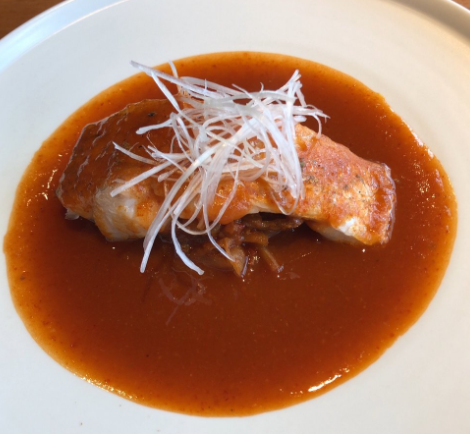A Michelin two-star Korean food experience, traditional ingredients, a brand new experience, the ingredients, plating, service, and wine pairing are all very particular and in place! It's worth a try! The lunch price is more suitable for the general public to try it!
KwonSookSoo Review
4.2 /535 Reviews
Recommended Attractions at Popular Destinations
Attraction near Bangkok | Attraction near Manila | Attraction near Tokyo | Attraction near Taipei | Attraction near Hong Kong | Attraction near Seoul | Attraction near Kuala Lumpur | Attraction near Los Angeles | Attraction near Shanghai | Attraction near New York | Attraction near Shenzhen | Attraction near Osaka | Attraction near Singapore | Attraction near London | Attraction near Guangzhou | Attraction near San Francisco | Attraction near Beijing | Attraction near Macau | Attraction near Bali | Attraction near Jakarta | Attraction near Paris | Attraction near Ho Chi Minh City | Attraction near Istanbul | Attraction near Phuket | Attraction near Chicago | Attraction near Seattle | Attraction near Toronto | Attraction near Orlando | Attraction near Cebu | Attraction near Chiang Mai
Popular Travelogues
Bangkok Travelogue | Tokyo Travelogue | Hong Kong Travelogue | Seoul Travelogue | Kuala Lumpur Travelogue | Los Angeles Travelogue | Shanghai Travelogue | New York Travelogue | Shenzhen Travelogue | Osaka Travelogue | Singapore Travelogue | London Travelogue | Guangzhou Travelogue | Beijing Travelogue | Macau Travelogue | Paris Travelogue | Phuket Travelogue | Chicago Travelogue | Orlando Travelogue
Popular Ranked Lists
Popular Must-Visit Restaurants in Athens | Popular Best Things to Do in Neijiang | Popular Luxury Hotels Near Ajijic | Popular Best Things to Do in Nanchong | Popular Must-Visit Restaurants in Bruges | Popular Must-Visit Restaurants in Vienna | Popular Luxury Hotels Near Loro Piceno | Top 9 Best Things to Do in Hechi | Popular Must-Visit Restaurants in Tokyo | Popular Must-Visit Restaurants in Frankfurt | Popular Best Things to Do in Danba | Popular Best Things to Do in Jinchang | Popular Luxury Hotels Near Tortoreto | Popular Must-Visit Restaurants in Dalat | Popular Luxury Hotels in Fremantle Foreshore | Top 5 Best Things to Do in Fangchenggang | Top 3 Best Things to Do in Zaozhuang | Popular Best Things to Do in Jurong | Popular Must-Visit Restaurants in Florence | Popular Must-Visit Restaurants in Hong Kong | Popular Luxury Hotels Near Kyle | Popular Best Things to Do in Qinzhou | Popular Best Things to Do in Taishan | Popular Best Things to Do in Longyou | Top 3 Best Things to Do in Panzhihua | Popular Luxury Hotels Near Norquin Department | Popular Luxury Hotels in Vence | Popular Best Things to Do in Luoping | Top 3 Premium Hotels in Ocean Flower Island | Popular Best Things to Do in Suifenhe
Payment Methods
Our Partners
Copyright © 2025 Trip.com Travel Singapore Pte. Ltd. All rights reserved
Site Operator: Trip.com Travel Singapore Pte. Ltd.
Site Operator: Trip.com Travel Singapore Pte. Ltd.














